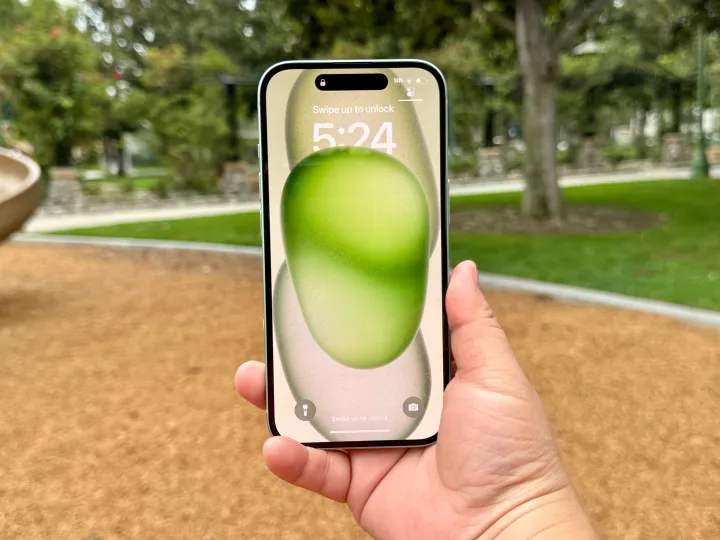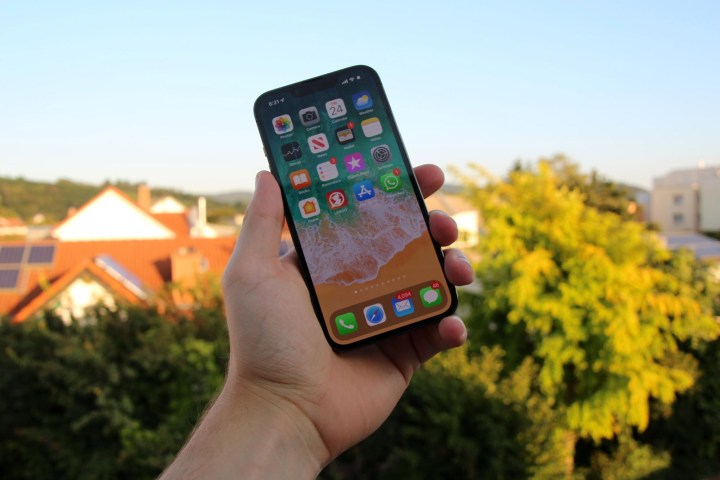
Smartphones have definitely gotten larger over time. After spending a few months with the Apple iPhone 15, it has become obvious to me that the shift towards larger devices is even more pronounced.
Initially, I was hesitant about purchasing the iPhone 15 due to its size. At just 148mm tall, it’s the smallest device I’ve owned since the Samsung Galaxy S8. I was concerned about sacrificing screen real estate and experiencing discomfort with a smaller phone. However, I quickly realized that the iPhone 15’s 6.1-inch display provides ample space while offering a smaller form factor, which I have grown to appreciate. This led me to question why there aren’t more top-tier Android phones available in smaller sizes.
‘More powerful’ shouldn’t automatically mean big

I’m advocating for smaller smartphones, not necessarily small phones. The distinction lies in the fact that smaller smartphones, such as the Apple iPhone 15 Pro, the Samsung Galaxy S23, and the Google Pixel 8, offer displays around 6 inches. However, there’s a clear discrepancy across the operating system divide. For instance, the iPhone 15 Pro is a smaller version of the iPhone 15 Pro Max, unlike the Android flagship phones. This means that iPhone users have the option of a smaller yet equally powerful device, whereas Android users are limited to larger and more powerful models.

It’s understandable that certain sacrifices need to be made when designing smaller devices, such as a smaller battery. However, must a smaller phone always have an objectively inferior camera system with a lower megapixel count? Why can’t the selling point of a smaller version of a flagship phone be its size rather than being seen as a lesser option?
If you desire a more reasonably sized phone without sacrificing power and features, there isn’t currently a viable option. This is where Apple’s lineup is ahead, as they offer a more powerful yet similarly sized alternative in the form of the iPhone 15 Pro.
Smaller phones should have their place

I believe there is a significant gap in the market, with Android promoting the idea that better equates to bigger. However, there is a demand for smaller yet equally powerful variants of larger flagship phones, as evidenced by Apple’s sales volumes for the iPhone 14 Pro and Pro Max. Instead of introducing new models, manufacturers could produce more robust options within their existing flagship ranges.
Ultimately, the goal should be to offer a range of devices that cater to diverse needs, rather than scaling up one model to fit all requirements. Striking this balance will ensure that consumers have access to high-performing devices without compromising on size and usability.
Editors’ Recommendations


